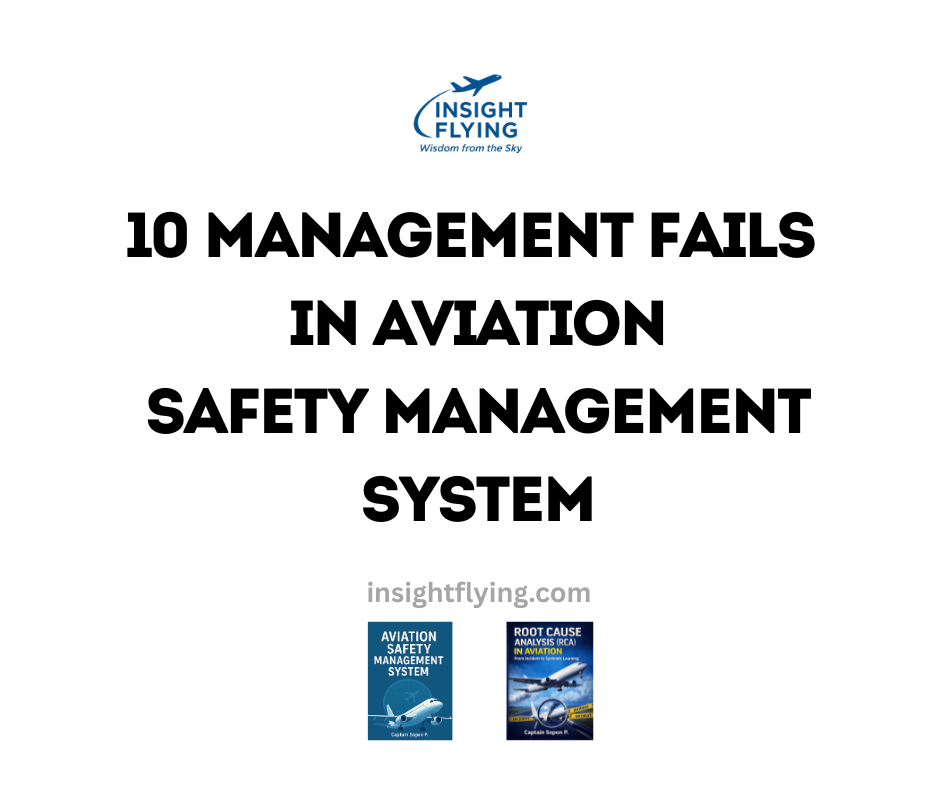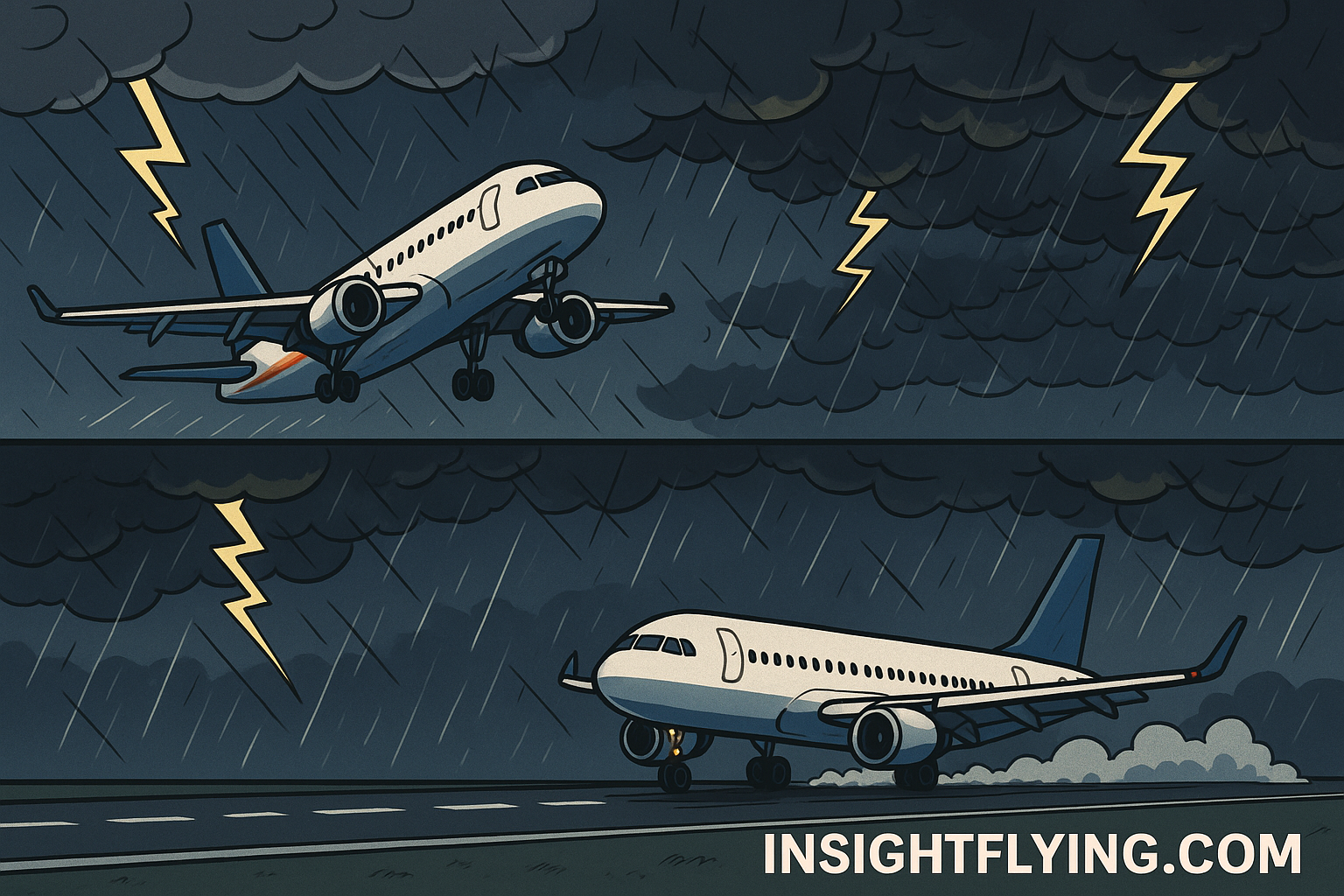Takeoff or Landing: Which is More Difficult and Riskier?
หลายคนที่ไม่ใช่นักบินมักจะคิดว่าการลงจอด (Landing) คือช่วงเวลาที่อันตรายที่สุดของการบิน
Many non-pilots often believe that landing is the riskiest phase of flight.
แต่ในความเป็นจริง ตามทฤษฎีการบินและสถิติด้านอุบัติเหตุทางอากาศ ช่วงการวิ่งขึ้นจากรันเวย์ (Takeoff) กลับเป็นช่วงที่มีความเสี่ยงสูงกว่าอย่างชัดเจน
In reality, however, aviation theory and accident statistics show that takeoff carries significantly higher risk.
ความรู้สึก vs ความจริง
Perception vs Reality
การลงจอดสำหรับนักบินถือว่ายากกว่า takeoff เพราะต้องควบคุมเครื่องบินจากท้องฟ้าอันกว้างใหญ่ลงสู่รันเวย์ที่มีความกว้างเพียง 40–60 เมตร
For pilots, landing feels more challenging because it requires transitioning the aircraft from the vast sky onto a narrow runway only 40–60 meters wide.
ในขณะที่การ takeoff เป็นการบังคับเครื่องบินจากพื้นขึ้นสู่ฟ้าที่เปิดกว้าง ทำให้คนทั่วไปมักรู้สึกว่าการลงจอดยากและเสี่ยงกว่า
By contrast, takeoff launches the aircraft from the ground into open skies, which makes landing seem harder and riskier to the public.
ทำไมการลงจอดถึงต้องใช้ทักษะสูงกว่า?
Why Does Landing Require Greater Skill?
- นักบินต้องใช้ Flying Skill มากกว่าช่วง takeoff
- Pilots must apply stronger flying skills than during takeoff.
- ต้องทำงานหลายอย่างพร้อมกัน (Multi-Tasking) เช่น ควบคุมมุมปะทะ ความเร็ว ทิศทางลม และการเตรียมหยุดบนรันเวย์
- It requires multi-tasking, such as managing pitch, speed, crosswind correction, and runway deceleration.
- ปัจจัยอากาศ เช่น ฝน ลมแรง และทัศนวิสัยต่ำ เป็นตัวแปรที่ทำให้งานยากขึ้น
- Weather factors like rain, strong winds, and low visibility increase the workload.
ข้อจำกัดและความปลอดภัย
Limitations and Safety Margins
แม้การ Landing จะท้าทาย แต่ก็มีการกำหนด Limitations เอาไว้เพื่อให้การปฏิบัติปลอดภัย
While landing is challenging, strict limitations are established to ensure safety.
- Crosswind Limit: ลมขวางสนามบินถูกจำกัดที่ประมาณ 30–40 knots ขึ้นอยู่กับชนิดของเครื่องบิน
- Crosswind Limit: Typically 30–40 knots depending on the aircraft type.
- Braking Coefficient: หากรันเวย์ลื่น ค่าลิมิตของ crosswind ที่อนุญาตก็จะลดลง
- Braking Coefficient: On slippery runways, allowable crosswind limits are reduced.
- Visibility Minimums: การบินลงจอดขึ้นกับทัศนวิสัย ทั้งในแนวตั้งและแนวนอน ซึ่งแต่ละ approach type (NDB, VOR, Localizer, ILS Cat I/II/III) กำหนดค่าขั้นต่ำที่ต่างกัน
- Visibility Minimums: Landing depends on both vertical and horizontal visibility, with different approach types (NDB, VOR, Localizer, ILS Cat I/II/III) having their own minimums.
ตัวอย่าง: การลงจอดด้วย ILS
Example: ILS Landing
สมมติว่ามีการใช้ ILS Cat II approach ด้วย Decision Height 125 feet และ Runway Visual Range (RVR) 500 meters
For instance, an ILS Cat II approach may have a Decision Height of 125 feet and a Runway Visual Range (RVR) of 500 meters.
แม้ทัศนวิสัยจริงจะเห็นได้เพียงร้อยกว่าเมตร แต่ด้วยระบบไฟส่องสว่าง (Runway Centerline, Edge lights, Taxiway lighting) นักบินยังคงสามารถนำเครื่องลงอย่างปลอดภัย
Even if visibility is only about 100 meters to the naked eye, lighting systems (runway centerline, edge lights, taxiway lights) enable safe landings.
สำหรับสนามบินที่ติดตั้ง ILS Cat IIIB และเครื่องบินที่มีอุปกรณ์พร้อม ค่า Decision Altitude อาจเป็นศูนย์ หมายความว่า นักบินยังสามารถลงได้แม้แทบไม่เห็นรันเวย์ด้วยตาเปล่าเลย
At airports equipped with ILS Cat IIIB, with properly equipped aircraft, the Decision Altitude may be zero, meaning landings are possible even when the runway is virtually invisible to the naked eye.
บทสรุป
Conclusion
- Takeoff มีความเสี่ยงสูงกว่า เพราะถ้ามีปัญหา เครื่องบินยังมีพลังงานและความเร็วไม่มากพอที่จะฟื้นตัว
- Takeoff is riskier since the aircraft has limited energy and speed to recover if something goes wrong.
- Landing อาจจะยากกว่าในแง่ของทักษะและการตัดสินใจ แต่ถูกกำกับด้วยระบบความปลอดภัยและข้อจำกัดที่ชัดเจน
- Landing may be more demanding in terms of skill and decision-making, but it is safeguarded by strict operational limits and technology.
ทั้งสองเฟสนี้จึงเป็นช่วง Critical Phase of Flight ที่นักบินต้องฝึกฝนมาอย่างเข้มข้น เพื่อให้การบินปลอดภัยสูงสุด
Both are considered critical phases of flight, and pilots undergo extensive training to ensure the highest level of safety.
✈️ อ่านบทความการบินเพิ่มเติมได้ที่ insightflying.com
✈️ Explore more aviation insights at insightflying.com
-

10 Management Fails in Aviation SMS
-

10 ความล้มเหลวของผู้บริหารในการบริหาร Aviation SMS
-

Precipitation / การตกของฝนหรือหิมะ
-

ภาวะผู้นำกับบทบาทต่อความปลอดภัย
